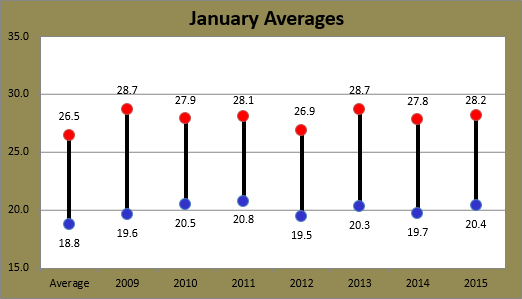Sunday also saw the lowest daily maximum in quite some time. It didn't climb above -6.5C. January 23's -12.6C was the previous recording lower than that. It is the only maximum below -5C this month and, based on current forecasts, it will probably remain that way.
Temperatures have been climbing today though and maximums in the coming week are likely to exceed zero. The next three days could see figures around 3C. Minimums will also be higher; the current ten day forecast doesn't predict any nights dropping below -5C.
The closing in of spring has been noticeable already in Finland, particularly in the level of sunshine seen in the recent two weeks. Several days have seen cloudless skies and the length of day has also increased above nine hours for first time since late October. Higher temperatures are also helping. Last week's 7.8C maximum from February 11 turned out to be the second highest February temperature ever recorded in Jyväskylä. It was also the earliest date ever for such a high temperature.
 |
| Sunset on February 14 |
 |
| February 15 saw clear blue skies over Jyväskylä |
In Sydney temperatures have stabilised quite nicely above 25C after a cooler period which started in late January. Today's 29.8C maximum was the 12th consecutive day above the mark. Hotter weather hasn't really been seen though. Of those 12 days, only three exceeded 30C, with February 8's 33.1C top the highest of the month so far.
Minimums have also been quite high. After a two week period extending from January 26 to February 8 that saw daily minimums below 20C, all except one day since the 9th has been entirely above the mark.
Some rain was around last week. Friday February 13 saw the highest falls at the Airport. The 18.6mm is the third highest daily total of the year so far, and the highest this month. An additional 3.2mm across the 12th, 14th and 15th helped the monthly total climb to 23.6mm.
Forecasts suggest more rain in the coming week. There is a medium to high chance of showers, and possibly thunderstorms, running all the way into early next week. Maximum temperatures should remain at similar levels in the high 20s.






